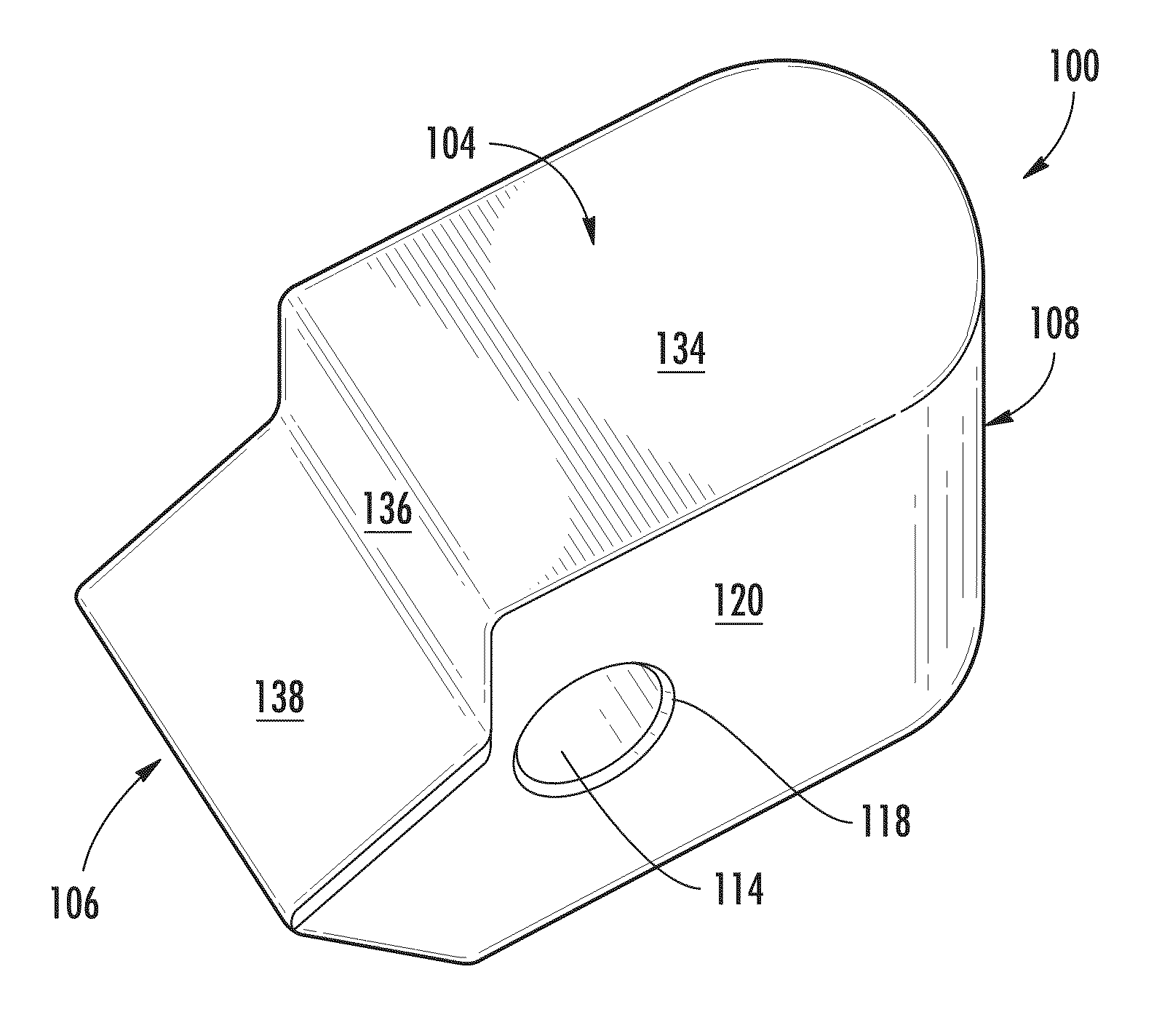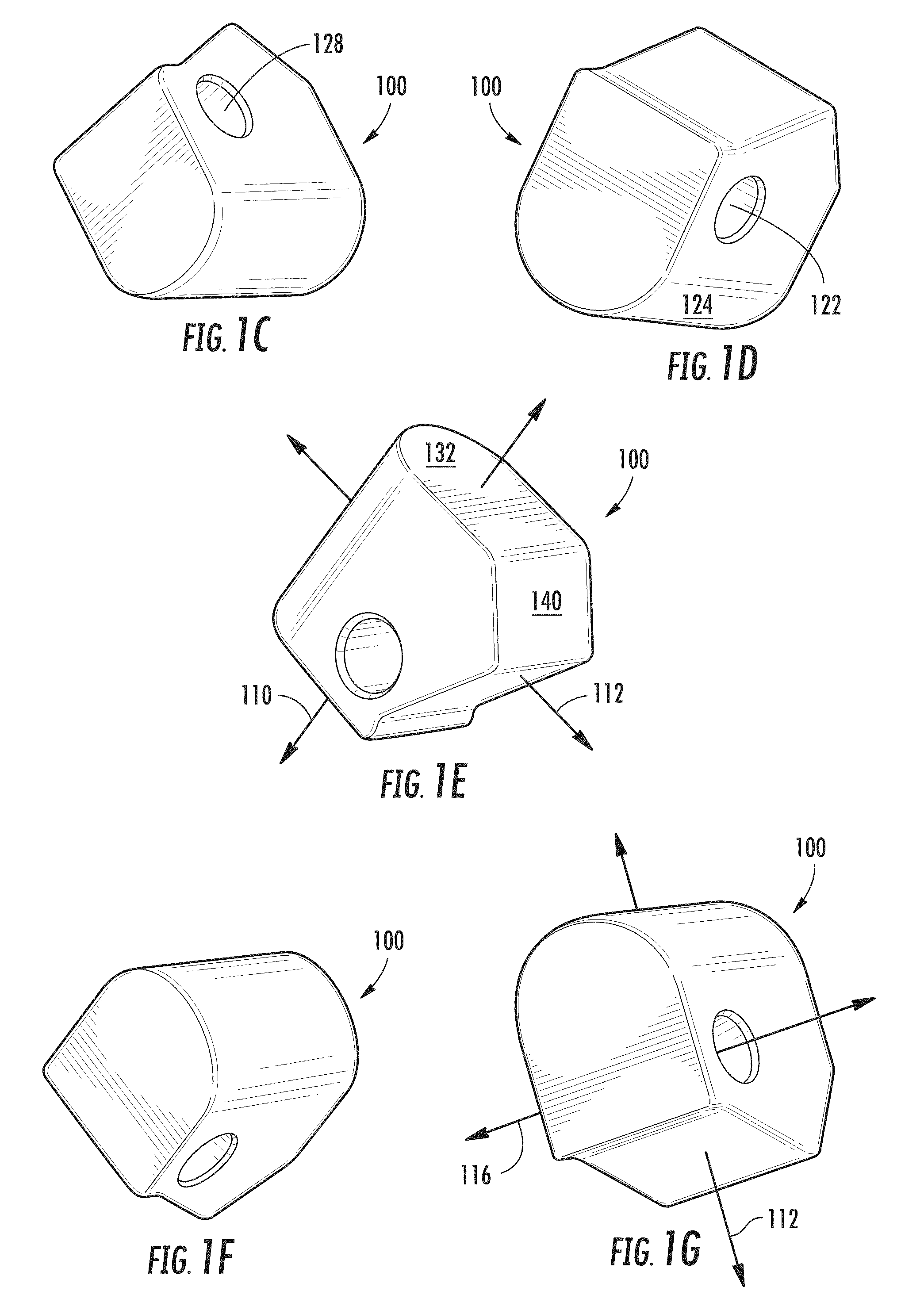Magazine quick-release blocking apparatus and method
- Summary
- Abstract
- Description
- Claims
- Application Information
AI Technical Summary
Benefits of technology
Problems solved by technology
Method used
Image
Examples
Embodiment Construction
Various terms used herein are intended to have particular meanings. Some of these terms are defined below for the purpose of clarity. The definitions given below are meant to cover all forms of the words being defined (e.g., singular, plural, present tense, past tense). To the extent that any term below diverges from the commonly understood and / or dictionary definition of such term, the definitions below control.
Clipped Position: the position of a magazine relative to a rifle such that the magazine is secured to the rifle in a manner in which a round can be fired from the magazine (if at least one round is present in the magazine).
Magazine: a device for holding one or more rounds of ammunition and, in some cases, urging one or more rounds to a firing chamber of a rifle to which the magazine is attached in a clipped position.
Magazine Catch Pin: an elongated, preferably cylindrical, pin configured for extending through the width of a rifle along a passage to hold two or more objects t...
PUM
| Property | Measurement | Unit |
|---|---|---|
| Length | aaaaa | aaaaa |
| Length | aaaaa | aaaaa |
| Length | aaaaa | aaaaa |
Abstract
Description
Claims
Application Information
 Login to View More
Login to View More - R&D
- Intellectual Property
- Life Sciences
- Materials
- Tech Scout
- Unparalleled Data Quality
- Higher Quality Content
- 60% Fewer Hallucinations
Browse by: Latest US Patents, China's latest patents, Technical Efficacy Thesaurus, Application Domain, Technology Topic, Popular Technical Reports.
© 2025 PatSnap. All rights reserved.Legal|Privacy policy|Modern Slavery Act Transparency Statement|Sitemap|About US| Contact US: help@patsnap.com



